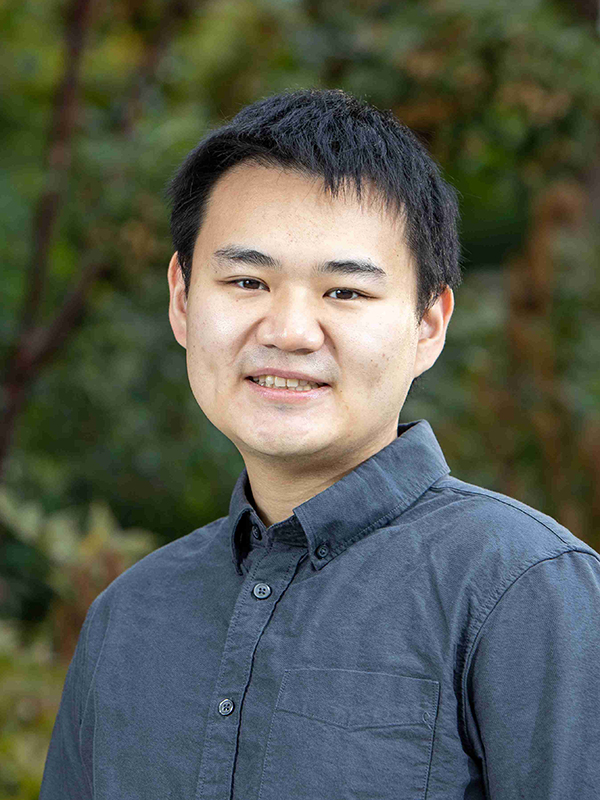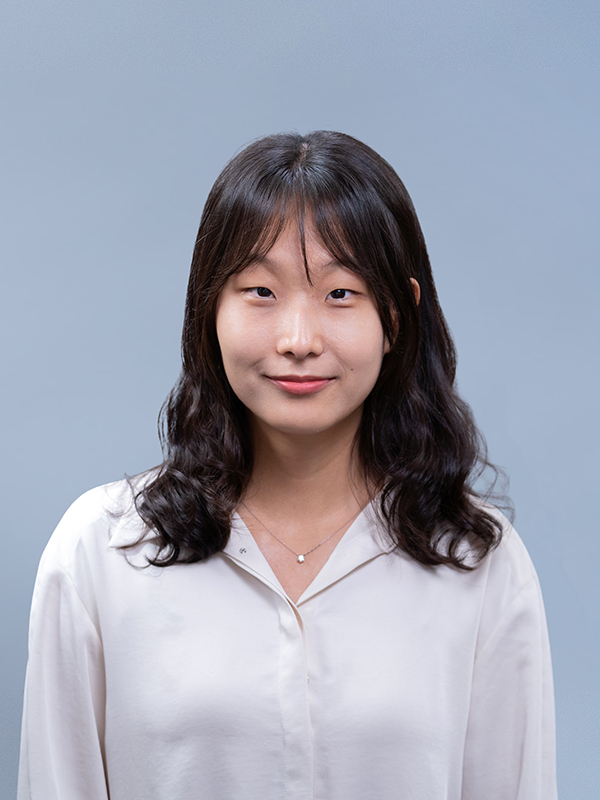Recognizing Innovators in Technology: The MIT Technology Review Innovators Under 35 Asia Pacific
Each year, the MIT Technology Review highlights pioneering individuals whose work is making a significant impact in science and technology. This year, three remarkable members of the Allen School community were honored as part of the Innovators Under 35 Asia Pacific — professors Simon Shaolei Du, Ranjay Krishna, and alum Sewon Min (Ph.D., ‘24), now a faculty member at UC Berkeley and a research scientist at the Allen Institute for AI (Ai2).
These innovators stand out for their groundbreaking research in artificial intelligence, large language models, and computer vision. Their achievements not only advance academic understanding but also have practical implications for real-world problems.
Simon Shaolei Du: Theoretical Foundations of AI

Simon Shaolei Du’s work delves into the theoretical aspects of modern AI, particularly focusing on the capabilities and limitations of large-scale machine learning models. As the landscape of AI evolves with technologies like self-driving cars and advanced language models, understanding their underlying mechanisms becomes crucial.
Du’s research aims to establish a systematic framework for exploring deep learning’s trainability, generalization, and sample complexity in reinforcement learning. By uncovering theories that explain the optimization of over-parameterized models, he has made significant strides, offering proof that these complex models can be effectively managed using algorithms like gradient descent.
In essence, his work demystifies how machine learning models operate, helping to facilitate their broader adoption. With accolades such as the National Science Foundation CAREER Award, Du is also working on making AI tools more resource-efficient, allowing them to become more accessible to a diverse range of users.
Recently, Du addressed longstanding challenges in reinforcement learning. He and his team introduced an innovative algorithm that optimizes data efficiency, thereby minimizing the extensive data requirements often associated with training AI models. This can lead to more effective applications in various fields, from healthcare to autonomous systems.
Ranjay Krishna: Bridging Computer Vision and Human Interaction

Ranjay Krishna’s research lies at a fascinating intersection: the convergence of computer vision and human-computer interaction. He integrates concepts from cognitive science and social psychology into his work, which aims to enhance machines’ abilities to understand and interact with the world more naturally.
Krishna emphasizes that it’s not enough for machines to merely recognize visual data; they must also learn to reason about their environment. By developing models that improve compositional reasoning, he addresses significant gaps in the performance of current vision-language systems.
One of Krishna’s key contributions is an iterated learning algorithm, inspired by cultural transmission theory, which periodically retrains models. This innovative method allows for the evolution of visual representations towards more complex, combinatorial structures, enabling a more robust understanding of spatial contexts.
Additionally, Krishna has tackled challenges related to spatial reasoning in multimodal models, developing tools that let machines perform tasks akin to human sketching. This advancement in machine “visual thinking” signifies a leap towards creating machines capable of addressing complex spatial and mathematical problems.
Sewon Min: Advancing AI with Nonparametric Models

Sewon Min is pushing the boundaries of what artificial intelligence can achieve by innovating around language models. At the core of her research is the development of flexible, high-performance models that ensure compliance with legal standards. Her explorations in nonparametric language models have made significant contributions to enhancing the factual accuracy and trustworthiness of AI-generated content.
Min’s studies feature groundbreaking work on retrieval-augmented models, which utilize vast amounts of data to enhance performance on diverse tasks. By scaling a retrieval datastore—MassiveDS—to over a trillion tokens, her research has opened avenues for improving generalization and operational efficiency in language models.
Throughout her career, Min has tackled the pressing issues of reliability in AI outputs. Her creation of the SILO framework, which allows for the controlled use of high-risk data, exemplifies her commitment to developing trustworthy AI. Furthermore, her FACTSCORE evaluation tool enables researchers to quantify the accuracy of generated content based on reliable sources.
Her contributions have not only earned her recognition but also established her as a key figure in the movement towards more responsible and effective AI systems.
These three innovators, celebrated by the MIT Technology Review, are at the forefront of reshaping technology and science. Their pioneering research is setting new standards and expectations for what artificial intelligence can achieve, highlighting the importance of theoretical understanding, interdisciplinary collaboration, and responsible innovation in a rapidly evolving field.

